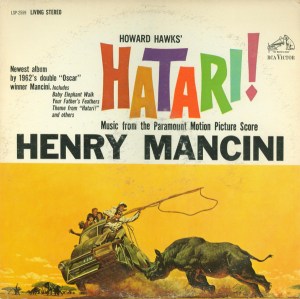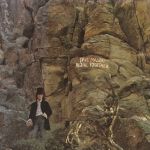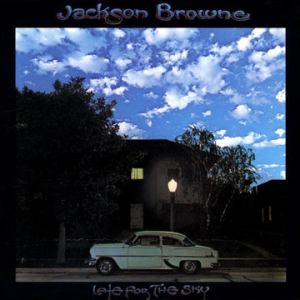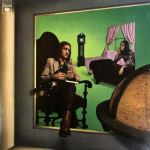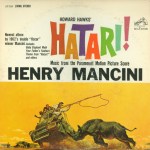
Hot Stamper Pressings of Soundtrack Recordings Available Now
Hot Stamper Pressings of Exotica and Easy Listening Albums
Here is the kind of Living Stereo sound we just can’t get enough of.
We certainly never suspected that this old TAS list warhorse from 1962 could sound the way this early pressing did when it landed on our turntable recently. We’ve been auditioning copies of Hatari for close to forty years. Now it sound like this? Amazing.
Until we played this Shootout Winning copy, we’d never heard the phenomenal amounts of ambience that surrounds the big room full of musicians assembled here, ambience which is clearly audible on the drums which play such an important part in Mancini’s arrangements.
If you’re a fan of big drums in a big room, this is the record for you.
Hearing this album sound the way this copy did was a real thrill, as our notes should make clear:
 The notes for side one read:
The notes for side one read:
Track Two
Spacious and Rich
Extended top end
Deep, note-like bass
Track One
Transparent, wide and spacious
Powerful brass, not hot
The notes for side two read:
Track Three
Lively, jumping out
Present and spacious
Very detailed
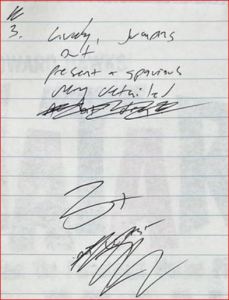 You know what’s unusual about these notes?
You know what’s unusual about these notes?
They’re the kind of notes we have never written for any Heavy Vinyl reissue, even for the one that won our shootout not long ago.
They are the kind of notes that make it clear to us what a sham the modern Heavy Vinyl pressing tends to be, even those that are done right.
No modern record we’ve ever played has ever had anything even approaching this kind of big as life sound, and we doubt one ever will.
Records like this vintage vinyl pressing are thrilling in a way that very, very few records ever are.
Surprisingly to some, but not to us, many of the most thrilling records we’ve ever played came from the same decade this record came from: the 60s.
Once you hear sound like this, you are not likely to forget it.

